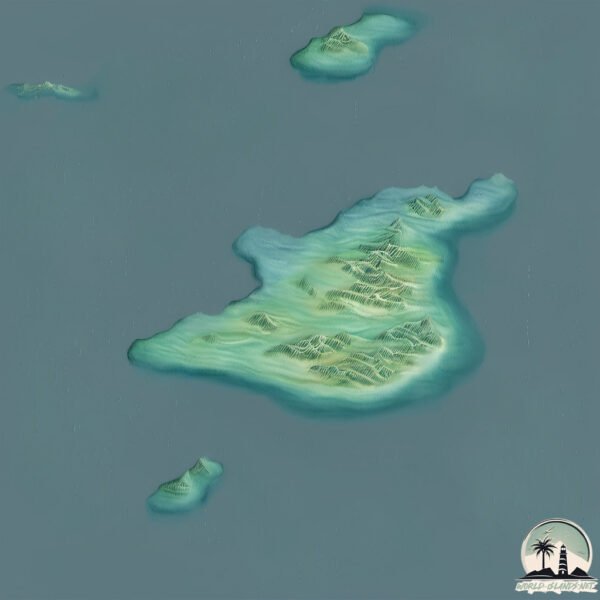Welcome to Mosken , a Temperate island in the Norwegian Sea, part of the majestic Arctic Ocean. This guide offers a comprehensive overview of what makes Mosken unique – from its geography and climate to its population, infrastructure, and beyond. Dive into the details:
Geography and size of Mosken
Size: 1.157 km²Coastline: 8.6 kmOcean: Arctic OceanSea: Norwegian SeaContinent: Europe
Mosken is a Small Island spanning 1.2 km² with a coastline of 8.6 km.
Archipel: –
Tectonic Plate: Eurasia – One of the world’s largest tectonic plates, the Eurasian Plate covers a significant portion of Europe and Asia. It’s characterized by diverse geological features, including the Ural Mountains, the European Plain, and the Himalayas formed from its collision with the Indian Plate.
The geographic heart of the island is pinpointed at these coordinates:
Climate and weather of Mosken
Climate Zone: TemperateClimate Details: Subpolar Oceanic ClimateTemperature: Cold Summer
Climate Characteristics: Predominantly cold with cool summers and no dry season. Often found in coastal areas at higher latitudes or on islands.
Topography and nature of Mosken
Timezone: UTC+01:00Timezone places: Europe/ParisMax. Elevation: m Mean Elevation: mVegetation: Open WoodlandTree Coverage: 48%
The mean elevation is m. The island is characterized by Mountains: High, steeply elevated landforms. Characterized by both a high maximum elevation (over 500 meters) and a high mean elevation, creating rugged, mountainous terrains on islands.
Dominating Vegetation: Open Woodland
Vegetation: 4 vegetation zones – Diverse Island
Infrastructure and Travelling to Mosken
Does the island have a public airport? no .
Does the island have a major port? no .
The mean population of Mosken is 35 per km². Mosken is Gently Populated. The island belongs to Norway .
Continuing your journey, Nordland is the next notable island, situated merely km away.
the islands of vaeroy and mosken foreground lofoten archipelago
the islands of vaeroy and mosken foreground lofoten archipelago.
the islands of vaeroy and mosken foreground lofoten archipelago
the islands of vaeroy and mosken foreground lofoten archipelago.
the islands of vaeroy and mosken foreground lofoten archipelago.
the islands of vaeroy and mosken foreground lofoten archipelago norway
the islands of vaeroy and mosken foreground lofoten archipelago norway ...
the islands of vaeroy and mosken foreground lofoten archipelago norway rpe7wt3anq D.
Hellsegga-Mosken
"Hellsegga-Mosken is located at the southernmost tip of Norway's ...
"Hellsegga-Mosken is located at the southernmost tip of Norway's Lofoten Islands, composed of Hellsegga Mountain and ...
Norway is classified as Developed region: nonG7: Developed economies outside of the Group of Seven, characterized by high income and advanced economic structures. The level of income is High income: OECD.
News – Latest Updates and Headlines from Mosken
Stay informed with the most recent news and important headlines from Mosken. Here’s a roundup of the latest developments.
Loading...
Please note: The data used here has been primarily extracted from satellite readings. Deviations from exact values may occur, particularly regarding the height of elevations and population density. Land area and coastline measurements refer to average values at mean high tide.

